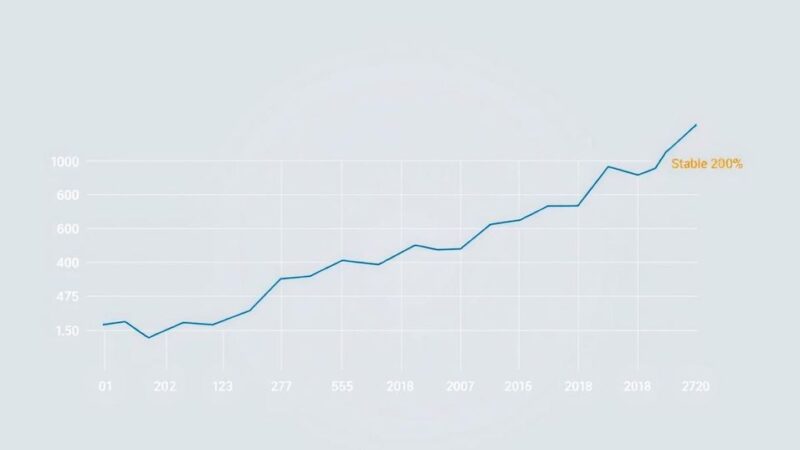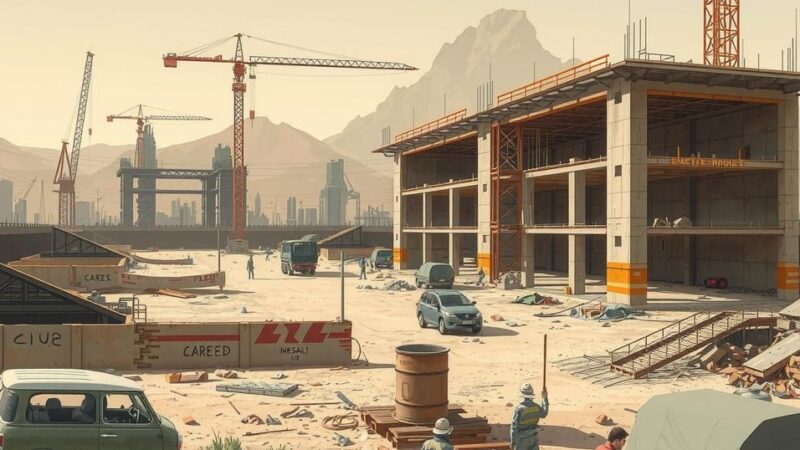In April 2025, Libya’s Full Minimum Expenditure Basket rose 0.7% to LYD 909.44, primarily due to increased costs in food and non-food items. The eastern region, now the most expensive, saw notable price hikes, while the western part slightly declined. Overall, food and non-food categories experienced minor increases attributed to inflation and currency devaluation.
The latest report from the World Food Programme (WFP) indicates that Libya’s national Full Minimum Expenditure Basket (MEB) saw a minimal increase of 0.7 percent, reaching LYD 909.44 in April 2025. This rise highlights ongoing inflationary pressures stemming from increased food and non-food costs across various regions.
Interestingly, the eastern regions of Libya experienced the highest month-on-month MEB increase among all areas. The Full MEB surged 4.2 percent there, totaling LYD 925.43. Areas like Ajdabiya jumped 11.5 percent to LYD 915.88, Al Kufra was up 6.7 percent to LYD 1,130.91, and Benghazi rose by 4.4 percent to reach LYD 992.20. Factors contributing to these spikes include disruptions in trade and the steady arrival of Sudanese refugees in Al Kufra.
Meanwhile, Western Libya reported a slight 1.1 percent decrease in its Full MEB, now at LYD 858.26. This drop was mainly influenced by significant price reductions in Zwara, which fell 11.2 percent to LYD 938.38 following some resolution in trade tensions with Tunisia.
As for the southern region, the Full MEB remained fairly steady, dipping just a bit by 0.1 percent to LYD 954.36. Although prices slightly decreased, the south was surpassed by the east in terms of overall costs, with Murzuq now positioned as the priciest area in the south at LYD 1,069.07.
On another note, the national Food MEB experienced a slight uptick, climbing 0.5 percent to LYD 793.71, while the Non-Food MEB increased by 2.1 percent to LYD 115.73. This fluctuation is largely attributed to ongoing instability seen across fuel, hygiene, and utility-related products, which has been exacerbated by a notable 13.3 percent devaluation of the Libyan dinar enacted by the Central Bank of Libya.
In summary, Libya’s market indicates rising expenses, particularly in the eastern region, where inflation is notably pressing. Despite some areas like the west seeing a decrease, overall trends show food and non-food costs are climbing, influenced by trade disruptions and currency devaluation. The situation remains critical as citizens face heightened living costs amidst these economic shifts.
Original Source: reliefweb.int






